How 3D Printing is Driving Innovation in Digital Manufacturing
14 February 2025
In the world of technology, there's always something new and exciting bubbling up. One of the biggest game-changers in recent years? 3D printing. It's not just a fancy tool for hobbyists or a sci-fi fantasy anymore—3D printing is reshaping the landscape of digital manufacturing in ways we couldn’t have imagined a decade ago. Let's dive into how this fascinating technology is driving innovation and pushing the boundaries of what’s possible in the manufacturing world.
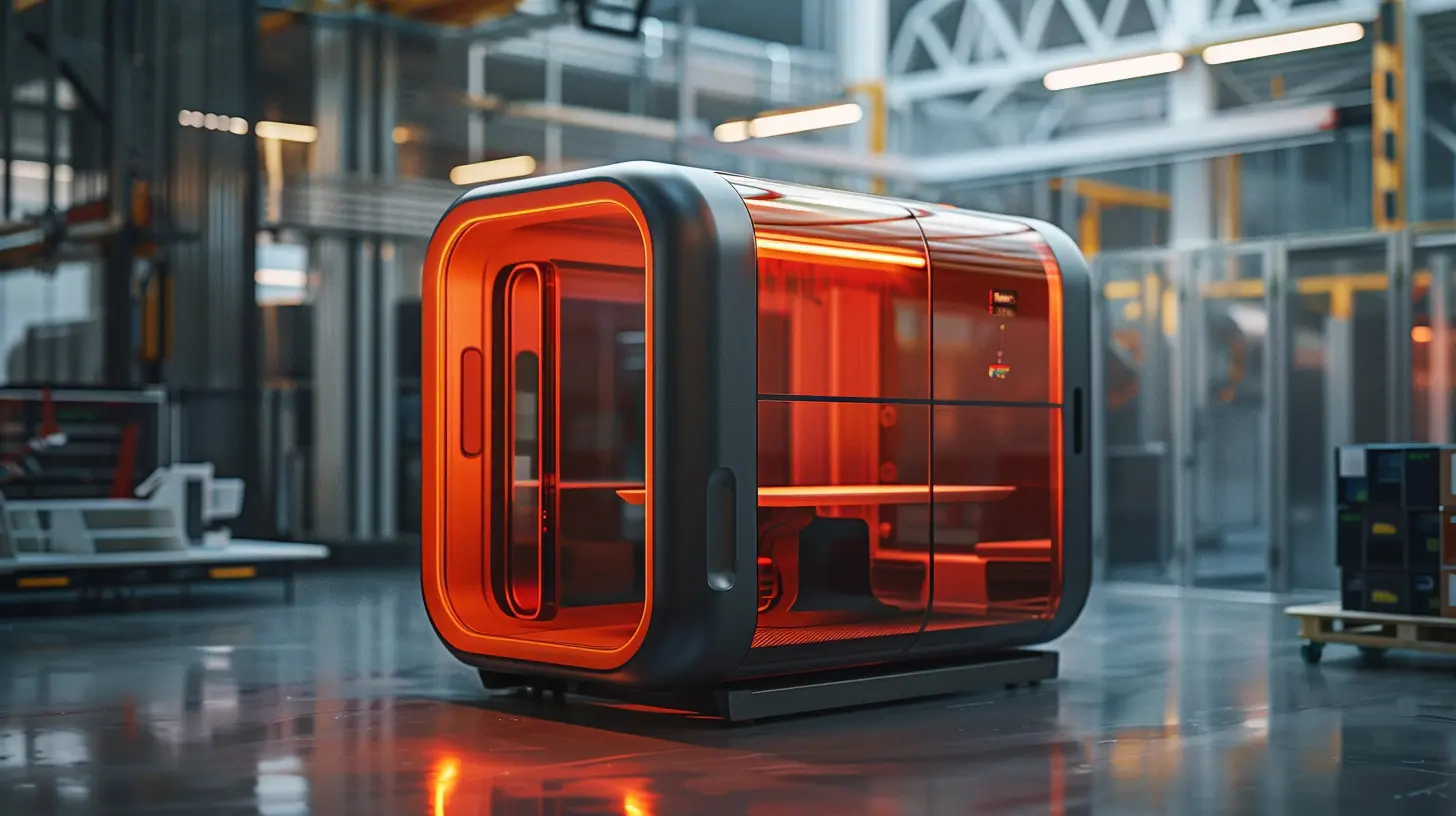
The Basics: What Is 3D Printing?
Alright, let’s start with the basics. 3D printing, also known as additive manufacturing, is the process of creating a physical object from a digital design. Instead of sculpting or molding an object from a solid block of material (which is subtractive manufacturing), 3D printing builds an object layer by layer. It’s like stacking sheets of paper, but way cooler. The materials used can range from plastics to metals, ceramics, and even biological substances.So, how does it all work? A digital model of an object is created using software, and the 3D printer reads this design and translates it into a physical form. It adds material layer by layer, precisely following the blueprint. Sounds simple, right? But the implications of this technology are huge.
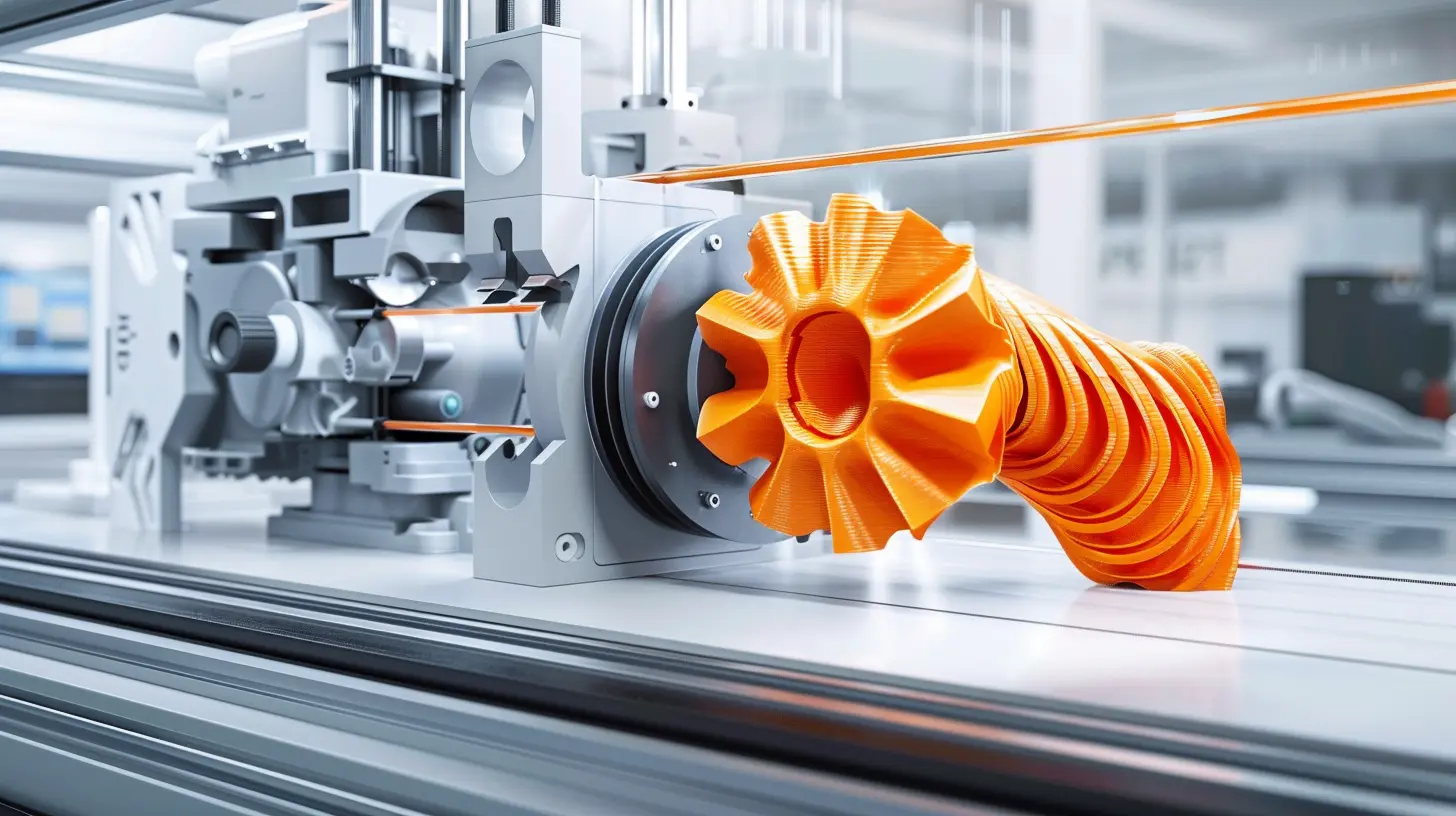
Revolutionizing Prototyping: Faster, Cheaper, Better
One of the most profound impacts of 3D printing is in the world of prototyping. Let’s face it, traditional prototyping is time-consuming and expensive. Companies used to spend weeks, sometimes even months, creating prototypes for new products. And if something went wrong? Back to the drawing board, which meant even more time and money.Enter 3D printing. Now, businesses can design, print, and test prototypes in a matter of hours or days. No more waiting for factory lines to set up or for materials to ship. Everything happens in-house, on-demand. Not only does this speed up the product development cycle, but it also slashes costs significantly.
Think about it: You’re a startup with a brilliant idea for a new gadget. Instead of spending tens of thousands of dollars on prototyping, you can invest in a 3D printer and knock out prototypes at a fraction of the cost. This democratizes innovation, giving small businesses the chance to compete with industry giants.
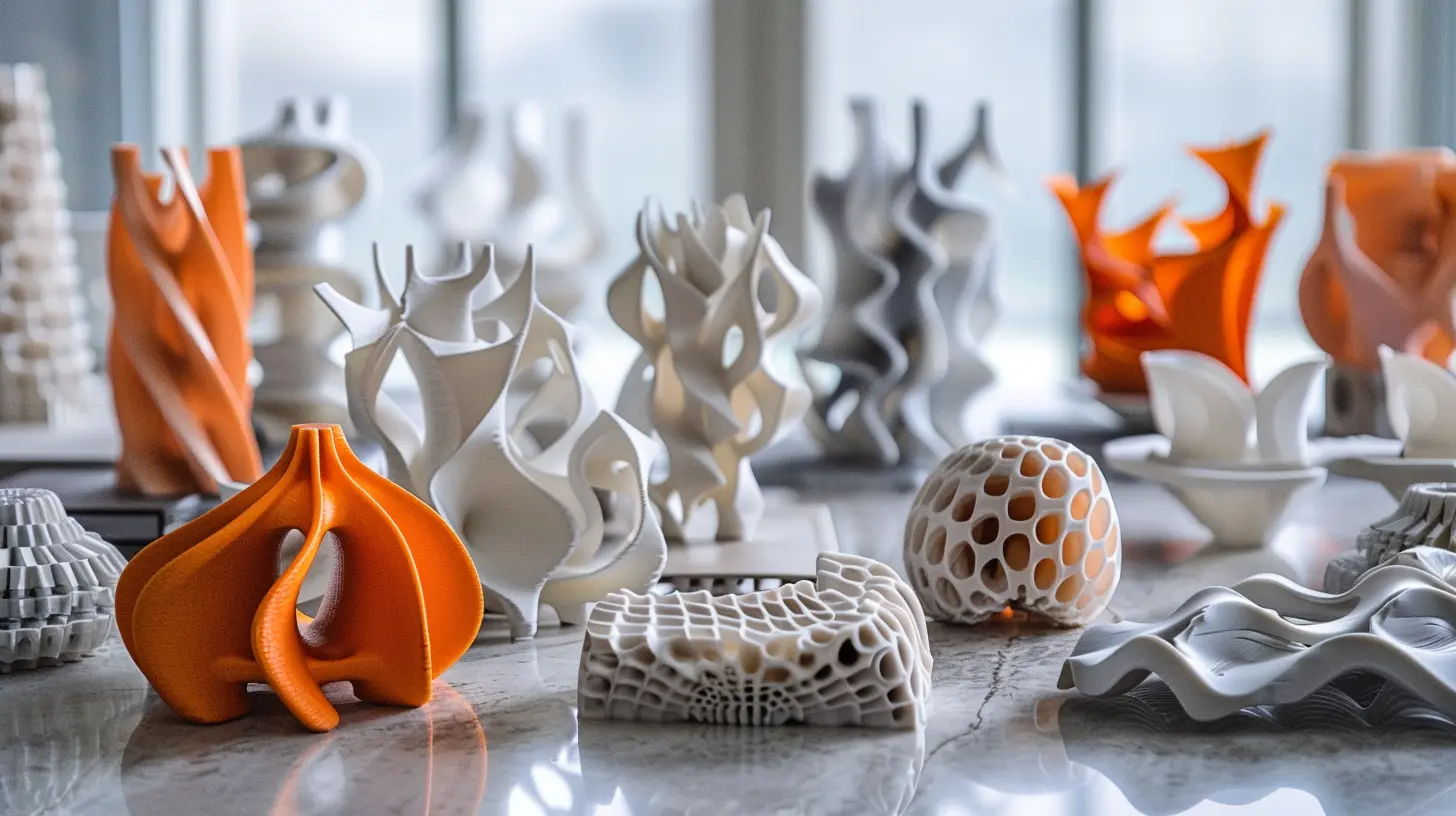
Customization: Tailored Manufacturing Like Never Before
Ever tried to buy something off the shelf, only to find out it doesn’t quite fit your needs? That’s where 3D printing comes in with its ability to create highly customized products. Traditional manufacturing relies on mass production, which means products are made in bulk based on a "one-size-fits-all" approach. But the truth is, one size rarely fits all.With 3D printing, customization is the name of the game. You can tweak designs on the fly, adjusting dimensions, materials, and features to meet specific requirements. Whether it’s personalized footwear, custom medical implants, or even bespoke car parts, 3D printing makes it possible to create products tailored to individual preferences or needs.
Think of it like ordering a tailor-made suit, but instead of fabric, we’re talking about plastic, metal, or even bio-compatible materials. The result? A product that fits your exact specifications, down to the last millimeter.
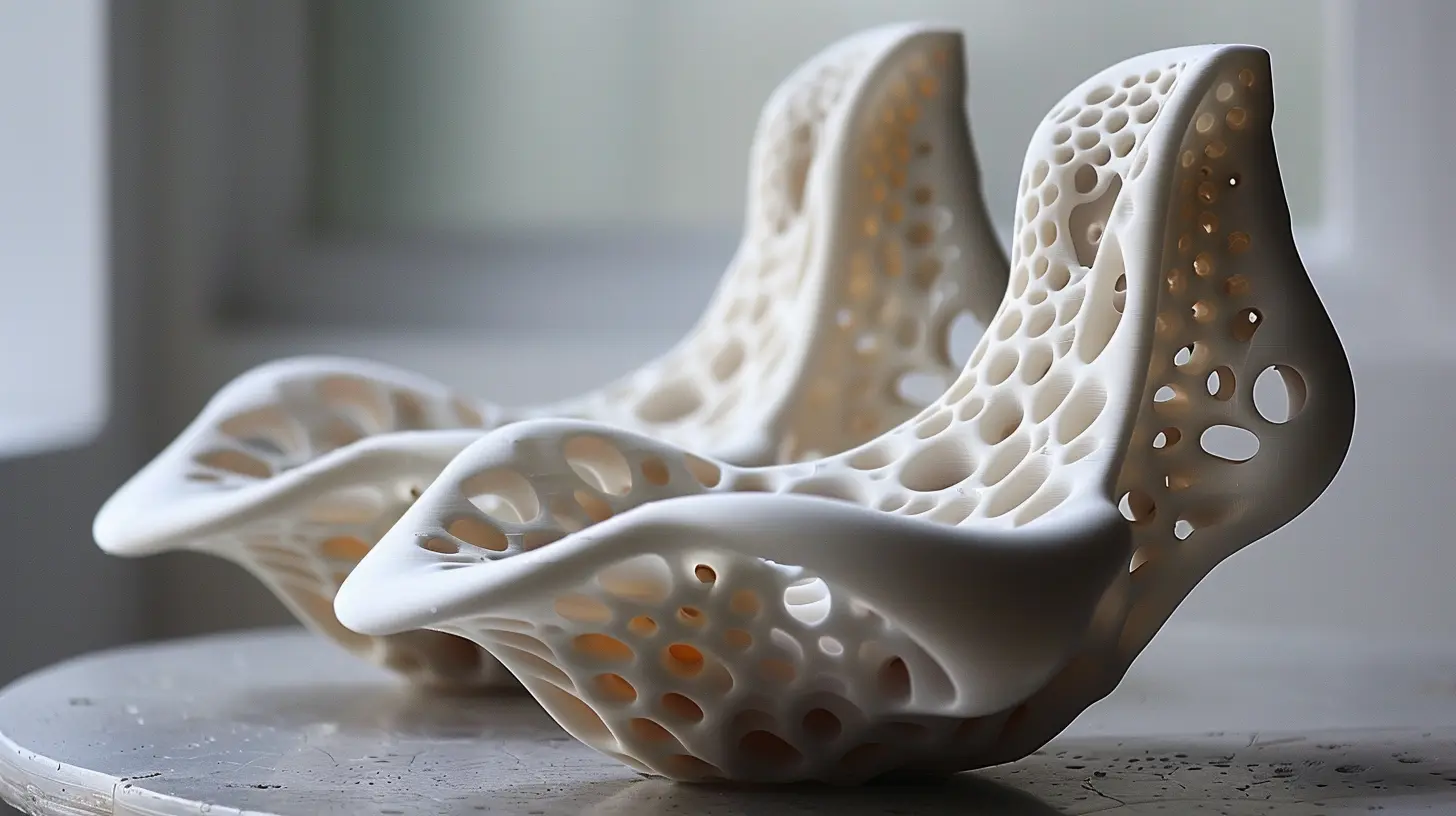
Reducing Waste: Eco-Friendly Manufacturing
Let’s be honest—traditional manufacturing isn’t always kind to the environment. From cutting away excess material to dealing with faulty products, there’s a lot of waste involved. Not to mention the energy costs of running heavy machinery for long periods.But 3D printing offers a greener alternative. Because it’s additive, there’s little to no waste. You’re only using the exact amount of material needed to build the object, layer by layer. Imagine baking a cake and only using the exact ingredients you need, with zero leftover batter. That's the beauty of 3D printing.
Besides reducing material waste, 3D printing also has the potential to cut down on carbon emissions. How? By enabling localized production. Instead of shipping products halfway across the world, companies can print parts or products on-demand, right where they’re needed. This reduces the need for long-haul transportation and its associated environmental impact.
Complex Designs Made Simple: Pushing the Boundaries of Creativity
Traditional manufacturing methods often have limitations when it comes to complex designs. Some shapes are just too intricate or difficult to produce using conventional tools. But with 3D printing, complexity isn’t a problem—it’s an opportunity.3D printers can create intricate, highly detailed designs that would be impossible (or at least ridiculously expensive) to manufacture through traditional methods. Think of it like building a sandcastle with delicate towers and bridges that would collapse if you used a shovel. But with 3D printing, those structures are possible, thanks to the precision of the technology.
This opens up a world of creative possibilities for designers and engineers. They can experiment with complex geometries, internal structures, and lightweight designs that were once considered too risky or impractical. In fact, industries like aerospace and automotive are already using 3D printing to create lightweight, high-strength parts that improve performance and efficiency.
Disrupting Supply Chains: On-Demand Manufacturing
One of the most exciting aspects of 3D printing is the potential to disrupt traditional supply chains. In the past, companies relied on mass production and large inventories to meet consumer demand. This led to overproduction, surplus inventory, and wasted resources.But with 3D printing, we’re moving towards a world of on-demand manufacturing. Need a part? Print it. Want to try a new product design? Print it. This approach eliminates the need for large inventories and reduces the risk of overproduction. Companies can print products as they’re needed, in the exact quantities required.
This on-demand approach also means faster time-to-market. Imagine being able to design, produce, and deliver a product to customers in a matter of days, rather than months. It’s a huge advantage in today’s fast-paced, ever-changing market.
Medical Marvels: 3D Printing in Healthcare
If you thought 3D printing was just for gadgets and prototypes, think again. The healthcare industry is one of the biggest beneficiaries of this technology, and it’s driving some truly revolutionary innovations.For starters, 3D printing is being used to create custom medical implants, prosthetics, and even surgical tools. Because each patient is unique, having the ability to create custom solutions is invaluable. Imagine a hip replacement that’s designed specifically for your body, or a prosthetic limb that fits perfectly without any adjustments.
But it doesn’t stop there. Researchers are exploring the use of 3D printing in bioprinting, where living cells are printed layer by layer to create tissues or organs. While we’re still in the early stages of bioprinting, the potential is staggering. It’s not far-fetched to think that one day, we could be printing organs for transplants, effectively ending the shortage of donor organs.
Education and Innovation: Empowering the Next Generation
There’s something inherently empowering about 3D printing. It’s a tool that allows you to bring your ideas to life, whether you’re a seasoned engineer or a curious student. And that’s why 3D printing is becoming increasingly popular in educational settings.Schools, universities, and makerspaces are embracing 3D printing as a way to teach students about design, engineering, and problem-solving. It’s hands-on learning at its finest, where students can experiment, iterate, and literally see the results of their work take shape before their eyes.
This access to 3D printing technology is fostering a new generation of innovators, who are no longer limited by the constraints of traditional manufacturing methods. They can dream bigger, create faster, and push the boundaries of what’s possible. And who knows? Maybe the next big tech breakthrough will come from a high school kid with a 3D printer in their garage.
Challenges and the Road Ahead
Of course, like any technology, 3D printing isn’t without its challenges. For one, the cost of high-end 3D printers and materials can still be prohibitive for some businesses. While prices are coming down, they haven’t reached a point where everyone can afford to jump on the 3D printing bandwagon.Another challenge is the speed of 3D printing. While it's faster than traditional prototyping, it’s still not as fast as mass production methods when it comes to large-scale manufacturing. For now, 3D printing is ideal for small-batch production or custom items, but scaling up remains a hurdle.
Finally, there are concerns about intellectual property and the potential for counterfeit goods. As 3D printing becomes more widespread, it’s easier for individuals to replicate designs without permission, which could pose challenges for industries that rely on proprietary designs.
But despite these challenges, the future of 3D printing looks incredibly bright. As technology continues to evolve, we’ll likely see faster, more affordable, and more versatile 3D printers that can handle an even wider range of materials and applications.
Conclusion: The Future of Manufacturing is Here
In a nutshell, 3D printing is driving innovation in digital manufacturing by making the impossible possible. It’s speeding up prototyping, reducing waste, enabling customization, and opening up new creative possibilities. From healthcare to aerospace, industries are embracing 3D printing as a tool for innovation and growth.While there are still challenges to overcome, the potential for 3D printing to revolutionize manufacturing is undeniable. And as the technology continues to evolve, who knows what incredible advancements we’ll see in the years to come?
all images in this post were generated using AI tools
Category:
Digital TransformationAuthor:

Reese McQuillan
Discussion
rate this article
20 comments
Megan Pace
Revolutionizing creation, empowering innovation!
April 3, 2025 at 11:16 AM

Reese McQuillan
Thank you! 3D printing truly is a game-changer in unlocking new possibilities for innovation and creativity in manufacturing.
Ford Summers
Great article! It's fascinating to see how 3D printing is revolutionizing digital manufacturing, enhancing customization and efficiency. Excited to see future developments in this field!
March 16, 2025 at 9:29 PM

Reese McQuillan
Thank you! I'm glad you found it interesting. Exciting times lie ahead for 3D printing and its impact on manufacturing!
Zara McMeekin
3D printing revolutionizes digital manufacturing by enabling rapid prototyping, reducing material waste, and allowing for unprecedented design flexibility. This technology is driving innovation across various industries, streamlining production processes and fostering the development of complex, customized solutions.
March 13, 2025 at 11:47 AM

Reese McQuillan
Thank you for your insightful comment! I completely agree—3D printing indeed transforms manufacturing by enhancing efficiency, sustainability, and design possibilities across industries.
Weston Horne
3D printing in digital manufacturing is like giving a toddler a Crayola set—exciting and slightly scary! Who knew we’d be printing everything from toys to car parts? Just remember, folks: with great power comes great responsibility... and a lot of filament! 😄
March 10, 2025 at 9:33 PM

Reese McQuillan
Absolutely! The potential of 3D printing is thrilling, but it also emphasizes the need for responsible innovation. Exciting times ahead! 😊
Aisha Wolf
This article effectively highlights the transformative impact of 3D printing on digital manufacturing. It showcases how the technology fosters innovation, reduces costs, and accelerates product development. A must-read for anyone interested in the future of manufacturing and the potential of emerging technologies. Great insights!
March 9, 2025 at 12:07 PM

Reese McQuillan
Thank you for your thoughtful comment! I'm glad you found the article insightful and valuable for understanding the impact of 3D printing in manufacturing.
Arianth McCullough
3D printing is like magic for innovation! Excited to see how it shapes the future of digital manufacturing. Let’s create! 🚀
March 7, 2025 at 5:10 AM

Reese McQuillan
Absolutely! 3D printing is revolutionizing manufacturing, enabling limitless creativity and rapid prototyping. Exciting times ahead! 🚀
Sierra Snyder
3D printing revolutionizes digital manufacturing, enabling rapid innovation and customization.
March 5, 2025 at 1:18 PM

Reese McQuillan
Thank you for highlighting the transformative impact of 3D printing! Its ability to foster rapid innovation and customization is indeed reshaping the landscape of digital manufacturing.
Elizabeth Frye
Empowering creativity and transforming industries—amazing!
March 4, 2025 at 5:55 AM

Reese McQuillan
Thank you! I'm glad you found the article inspiring—3D printing truly is revolutionizing the way we create and manufacture.
Zanthe Richardson
This article beautifully highlights the transformative power of 3D printing in digital manufacturing. It's inspiring to see how this technology not only enhances innovation but also fosters creativity and accessibility. As industries evolve, it's crucial to remember the human stories behind these advancements, driving progress for everyone.
February 28, 2025 at 7:56 PM

Reese McQuillan
Thank you for your insightful comment! I'm glad you found the article inspiring and appreciate the focus on the human impact behind these technological advancements.
Vincent McNaughton
3D printing revolutionizes digital manufacturing by enabling rapid prototyping, reducing costs, and fostering creativity, thus driving unprecedented innovation across industries.
February 28, 2025 at 1:08 PM

Reese McQuillan
Thank you! I'm glad you recognize the transformative impact of 3D printing on digital manufacturing. It truly is a game changer for innovation and creativity across various sectors.
Tempest McCaffrey
This article effectively highlights the transformative impact of 3D printing on digital manufacturing. By streamlining processes, reducing waste, and enabling rapid prototyping, 3D printing is fostering innovation across various industries. It's exciting to see how this technology will continue to shape the future of manufacturing and product design.
February 27, 2025 at 4:36 AM

Reese McQuillan
Thank you for your insightful comment! I’m glad you found the article highlights the significant role of 3D printing in driving innovation in manufacturing. Exciting times ahead!
Aria McCullough
This article highlights the transformative role of 3D printing in digital manufacturing, emphasizing its ability to streamline production processes, reduce waste, and foster rapid prototyping. Such advancements not only enhance efficiency but also democratize innovation across various industries.
February 22, 2025 at 12:20 PM

Reese McQuillan
Thank you for your insightful comment! I’m glad you found the article highlights on 3D printing’s impact on efficiency and innovation valuable. It's truly reshaping the manufacturing landscape.
Zyana Blair
This article aptly highlights 3D printing's transformative role in digital manufacturing, but it could further explore potential challenges, such as material limitations and regulatory hurdles, which might impede widespread adoption and innovation in the industry.
February 21, 2025 at 8:57 PM

Reese McQuillan
Thank you for your insightful feedback! I appreciate your suggestion to address the challenges, and I will consider incorporating that perspective in future discussions.
Jax Cole
Great article! It’s fascinating to see how 3D printing is revolutionizing digital manufacturing. The potential for innovation and customization truly opens new doors for industries, and I’m excited to see where this technology leads us next!
February 21, 2025 at 5:01 AM

Reese McQuillan
Thank you for your kind words! I share your excitement about the transformative potential of 3D printing in digital manufacturing. The future indeed looks promising!
Sophie Diaz
I’m fascinated by how 3D printing is transforming digital manufacturing! What are some unexpected applications that have emerged from this technology? I’m curious to know how it impacts traditional manufacturing processes and the sustainability of production methods. Looking forward to exploring more!
February 19, 2025 at 8:44 PM

Reese McQuillan
Thank you for your interest! 3D printing has led to unexpected applications like bio-printing for medical implants, customized prosthetics, and even food production. It enhances traditional manufacturing by enabling on-demand, localized production, reducing waste, and allowing for complex designs that were previously impossible. This technology significantly contributes to sustainability by minimizing material use and energy consumption. Exploring these innovations can reveal exciting opportunities for the future of manufacturing!
Benjamin Sweeney
This article effectively highlights how 3D printing is revolutionizing digital manufacturing. By enabling rapid prototyping and customization, it's fostering innovation across industries, reducing costs, and accelerating product development. A must-read for tech enthusiasts!
February 19, 2025 at 11:59 AM

Reese McQuillan
Thank you for your insightful comment! I'm glad you found the article highlights on 3D printing's impact on innovation and efficiency valuable. Your support means a lot!
Roxanne Whitaker
3D printing transcends traditional manufacturing boundaries, enabling rapid prototyping and customization that fosters creativity. Its capacity to iterate designs seamlessly not only enhances efficiency but also challenges our perceptions of production, sustainability, and the very essence of craftsmanship in the digital age.
February 17, 2025 at 1:21 PM

Reese McQuillan
Thank you for your insightful comment! I completely agree that 3D printing revolutionizes manufacturing by promoting creativity and efficiency while redefining our understanding of craftsmanship and sustainability.
Carina McLoughlin
3D printing is revolutionizing digital manufacturing by enhancing design flexibility, reducing material waste, and accelerating production timelines. Its ability to create complex geometries and customize products on-demand fosters innovation across industries, from aerospace to healthcare, enabling companies to respond rapidly to market needs and streamline their manufacturing processes.
February 17, 2025 at 5:20 AM

Reese McQuillan
Thank you for highlighting the transformative impact of 3D printing on digital manufacturing! Its versatility and efficiency indeed empower innovation across various sectors.
Chantal Lawrence
In the dance of innovation, 3D printing spins dreams into form, crafting futures from whispers of design.
February 16, 2025 at 7:25 PM

Reese McQuillan
Thank you! 3D printing truly transforms imaginative concepts into tangible realities, revolutionizing the landscape of digital manufacturing.
Capri McGlynn
3D printing revolutionizes digital manufacturing, enabling rapid prototyping, reduced costs, and customized solutions that push the boundaries of innovation.
February 14, 2025 at 4:41 AM

Reese McQuillan
Thank you for your insightful comment! Indeed, 3D printing is a game-changer in digital manufacturing, significantly enhancing efficiency and creativity.
MORE POSTS

G and the Future of Personalized Medicine
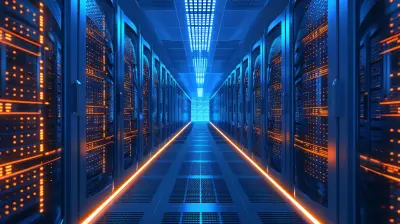
Data Centers in Space: The Next Frontier for Cloud Computing

How to Customize Your Smartphone for a Personalized Experience
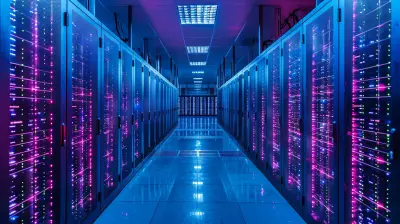
How Modular Data Centers Are Enabling Faster Deployment
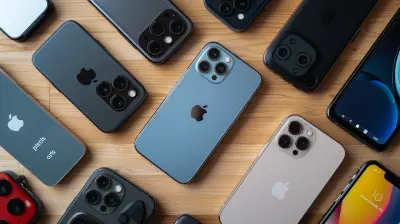
The Best Smartphones for Multitasking and Productivity

A Deep Dive into the Best Bluetooth Headphones for Crystal-Clear Sound
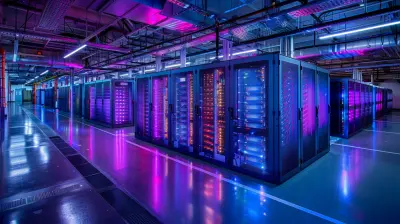
The Impact of Quantum Computing on Data Center Design
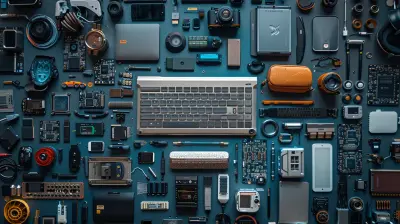
The Rise of Modular Gadgets: Customizing Your Tech
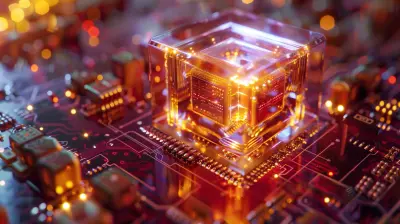
Tackling Climate Change with Quantum Computing: Is It Possible?

The Role of 5G in Fighting Climate Change

The Future of Biometric Security in Data Protection

How to Improve Bluetooth Signal Strength at Home